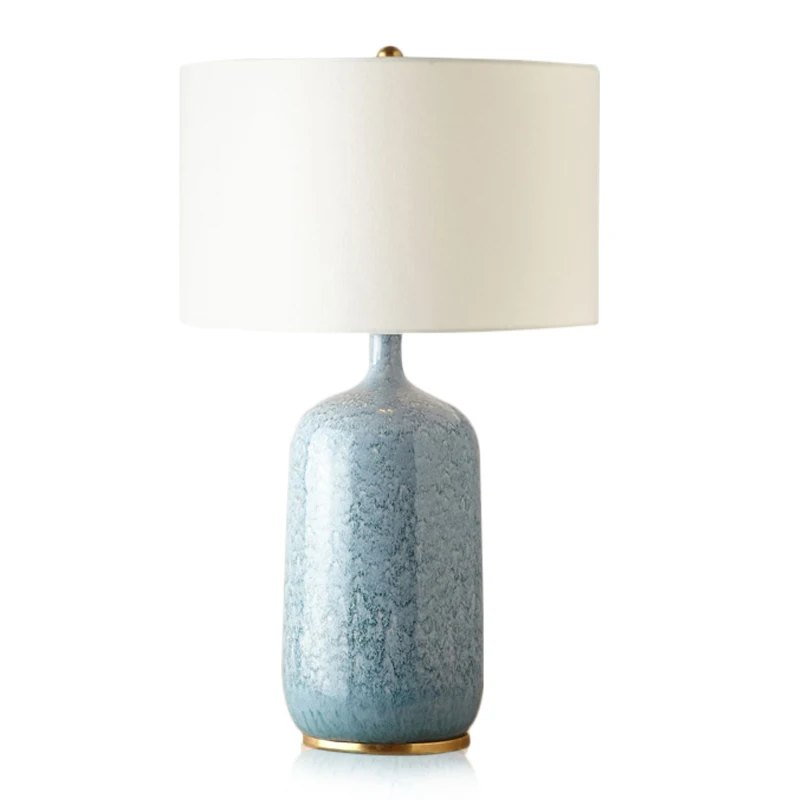
LEAFLETS
PRODUCTS
Wall Lamp Designs Modern Elegance Style
Material Matters: A Symphony of Texture and Tone
The materials used significantly impact the overall aesthetic of a modern elegant wall lamp. Think beyond the typical brass or chrome. While these metals remain popular choices, offering a touch of classic sophistication, modern elegance embraces a broader palette. Consider the understated luxury of brushed nickel, its muted sheen adding a sense of calm refinement. Alternatively, the warmth of natural wood, perhaps a sleek, dark walnut or a lighter, bleached oak, injects a touch of organic beauty, perfectly balancing the sleek lines of the design. For a more dramatic statement, consider incorporating marble or stone, their natural veining adding a unique, artistic flair.
Beyond the primary material, the interplay of textures is equally crucial. A matte finish can provide a sense of quiet sophistication, while a high-gloss finish can add a touch of glamour. The juxtaposition of contrasting textures, such as the smooth surface of glass paired with the rough texture of woven fabric, can create a dynamic and visually interesting design. The choice of material and its finish directly influences the overall mood and ambiance of the space, making careful selection vital to achieving the desired level of modern elegance.
Form and Function: A Harmonious Blend
Modern elegance in wall lamp design often prioritizes clean lines and minimalist forms. Overly ornate details are avoided in favor of sleek silhouettes and simple shapes. Think geometric forms – squares, circles, and rectangles – which offer a timeless appeal and seamlessly integrate into a variety of interior styles. However, simplicity doesn't equate to blandness. The skillful interplay of light and shadow, the subtle curve of a lamp arm, or the strategic placement of a decorative element can add a level of sophistication without compromising the overall minimalism.
Functionality is equally important. The lamp should provide adequate illumination for its intended purpose, whether it’s providing ambient lighting for a living room, task lighting for a reading nook, or accent lighting to highlight artwork. Modern elegance doesn't sacrifice practicality for aesthetics. The design should be efficient and user-friendly, with features like adjustable arms or dimmable lights enhancing both functionality and user experience. A well-designed lamp seamlessly integrates into the space, providing both form and function without drawing undue attention to itself.
Light and Shadow: Shaping the Ambiance
The quality and intensity of light are paramount in creating a modern elegant ambiance. Harsh, direct lighting is generally avoided in favor of softer, diffused light that creates a warm and inviting atmosphere. Diffusing elements, such as frosted glass shades or strategically placed fabric panels, can soften the light and prevent glare, contributing to a more relaxing and comfortable environment. The type of light bulb also plays a significant role; LED bulbs are preferred for their energy efficiency and ability to produce a range of color temperatures, allowing for precise control over the ambiance.
The interplay of light and shadow is crucial in shaping the mood of the room. Strategically placed wall lamps can create dramatic highlights, subtly illuminating artwork or architectural features. The shadows themselves become part of the design, adding depth and texture to the space. The careful manipulation of light and shadow can transform a room, adding a layer of sophistication and visual intrigue. Experimentation with different light sources and angles is key to achieving the desired effect.
Color Palette: Subtlety and Sophistication
The color palette of a modern elegant wall lamp plays a significant role in shaping the overall aesthetic. Neutral tones, such as whites, creams, greys, and blacks, are commonly employed, creating a sense of timeless elegance. These colors provide a versatile backdrop that complements a wide range of interior styles and color schemes. Metallic accents, such as brushed gold or rose gold, can add a touch of luxury without overpowering the overall design.
However, modern elegance doesn't shy away from color entirely. Subtle pops of color, such as a deep teal or a muted emerald green, can add a touch of personality and visual interest. These colors should be used sparingly and strategically, complementing the overall scheme rather than dominating it. The key is balance – a subtle interplay of neutral tones and carefully chosen accent colors that create a harmonious and visually appealing design.
Placement and Integration: The Final Touch
The placement of a wall lamp is crucial to its effectiveness. Consider the function of the lamp and the overall design of the room. A reading lamp should be positioned appropriately to illuminate the reading area without causing glare. Accent lamps should highlight specific features, such as artwork or architectural details. The height and angle of the lamp should be carefully considered to maximize its impact and avoid obstructing views or creating unwanted shadows.
Finally, seamless integration into the overall design scheme is crucial. The wall lamp should complement the other elements of the room, such as the furniture, artwork, and flooring, creating a cohesive and visually pleasing space. The style, color, and materials of the lamp should be chosen carefully to ensure that it seamlessly integrates into the overall design, becoming an integral part of the room's aesthetic rather than a jarring addition.
SUBSCRIBE
INQUIRY










